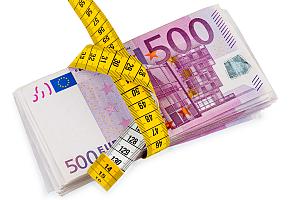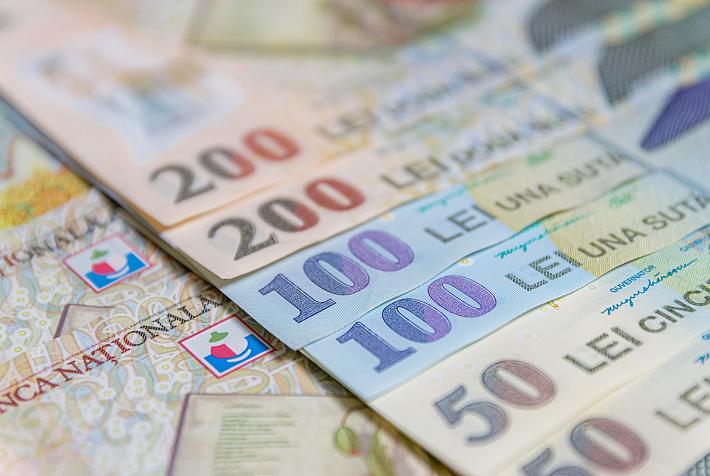Romania’s trade deficit keeps widening in Q2, driven by high energy prices

With the commodity prices at a high level and slowly passing through to first industrial and later consumer prices, there was no surprise that Romania’s both exports and imports kept rising fast in the second quarter (Q2) of 2022 - resulting in a new record trade deficit of EUR 8.24 bln, 54% more compared to the same quarter of 2021.
Such high growth rates are unusual, and they reflect to a large extent the dynamics of the prices.
The exports increased by 23.4% YoY to EUR 22.75 bln in Q2, while the imports rose by 30.3% YoY to EUR 30.99 bln.
Until detailed Q2 GDP is released, it remains unclear how much the exports and imports actually changed in volume (constant prices) and whether the deficit widened - again in volume terms.
In Q1, the exports increased by 24.3% YoY in value terms (euros) but only by 5.7% YoY in volume terms.
Imports, similarly, surged by 26.8% YoY in value terms (euros) but increased by only 3.5% YoY in volume terms.
Overall, the trade deficit expressed in volume terms, or constant prices (2000 RON) has not changed much in Q1 this year compared to the same period of 2021 - despite the 35% YoY increase in the trade gap expressed in euros.
Romania’s trade deficit, starting with Q3 last year decreased in volume terms (comparable prices) but increased sharply when expressed in euros - exactly because of the high share held by the energy goods in the country’s imports.
The trade gap expressed in constant prices is irrelevant for the country’s instant current account (that is rising above 7% of GDP) and the balance of payments - but is important for how the economy is performing fundamentally, and for where it will converge after the relative prices return (debatably) to where they were before the energy price shock.
Perhaps the relative energy prices will never return where they were before 2021 (energy will remain relatively more expensive than before), but even if the nominal energy prices remain at the current level - the relative prices will adjust to reach a balance with the effect of a smaller trade gap in Romania.
The current (wide) trade deficit of Romania is thus not reflecting fundamental developments that are shifting actually in the right direction under the pressure of higher energy prices.
(Photo: Andrii Yalanskyi | Dreamstime.com)
iulian@romania-insider.com













